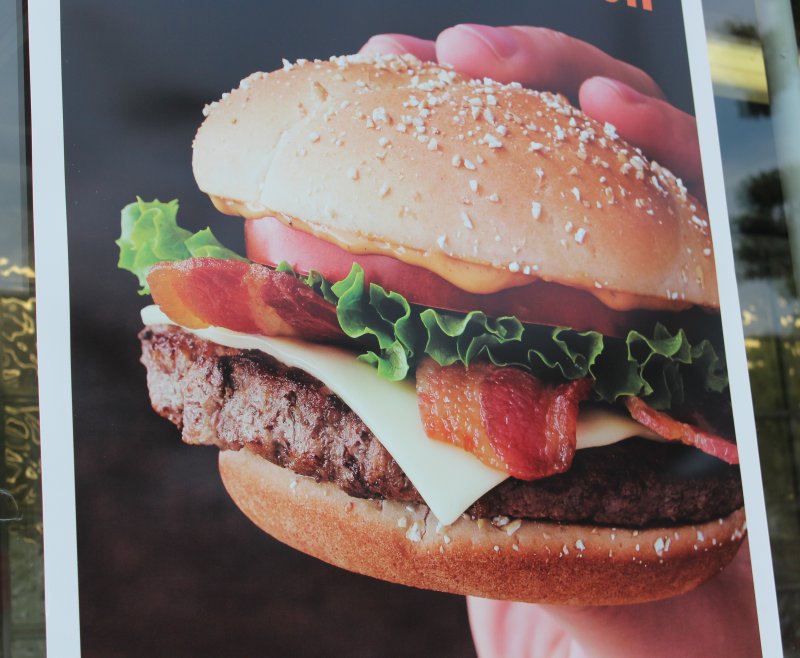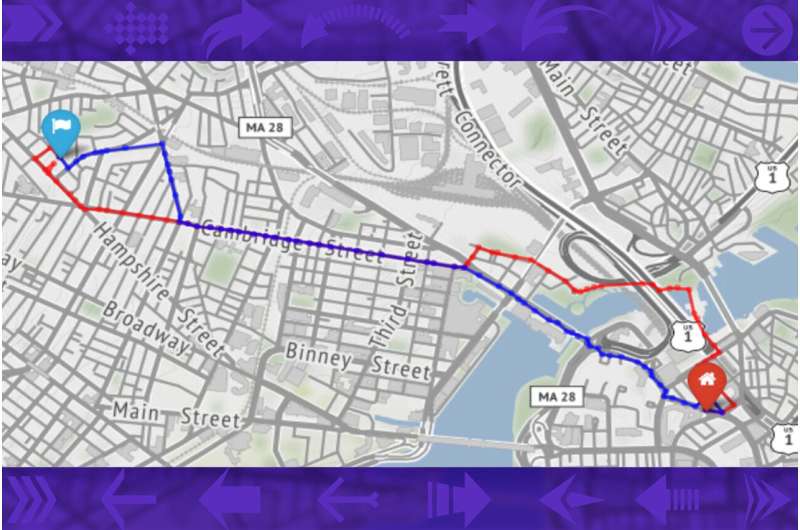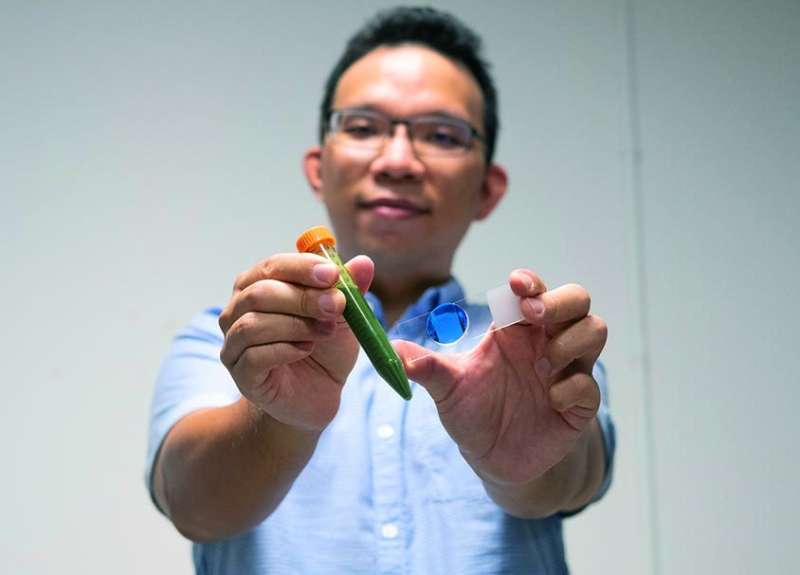
LGTBQ youths face gaps in healthcare because of gender identity, which researchers and experts this week said needs to be addressed for these people to receive proper treatment.
Oct. 29 (UPI) -- Medicine must rethink the way it handles patient gender and sexuality to ensure everyone receives the care needed, researchers said Friday.
Compared with "non-lesbian, gay or bisexual" youth, those who identify as lesbian, gay or bisexual were 71% less likely to receive needed medical care, an analysis published Friday by JAMA Network Open found.
This included treatment for sexually transmitted infections, contraception needs and substance use disorders, according to the researchers, who said that most of the lesbian, gay or bisexual participants cited "difficulty communicating" with their physicians as a problem.
To improve understanding of these issues, the U.S. Preventive Services Task Force, a volunteer panel of national experts in prevention and evidence-based medicine, in a JAMA editorial published on Monday called on researchers to consider sex and gender in clinical studies.
RELATED Texas GOP moved beyond bathroom bill to ban transgender student athletes
The task force also committed to "strengthening the way it communicates about sex and gender in recommendation statements, helping [to] ensure ... specificity and inclusivity," it said in a statement.
In addition, more research is needed "to address sex and gender in a more nuanced and comprehensive way" in diagnostic and treatment guidelines, it said.
"Clinicians nationwide are caring for people across the spectrum of gender diversity, and we want to help ensure that they have the best possible information to keep people healthy," task force member Dr. Aaron Caughey said in a press release.
RELATED LGBTQ teens more likely to contemplate suicide at younger age, study says
"Unfortunately, research studies of clinical preventive services often do not fully consider biological sex and gender identity. ... We are calling for all clinical research to adopt a more inclusive approach," said Caughey, chair of obstetrics and gynecology at Oregon Health and Science University.
Discussion of these issues within the field is long overdue, Dr. Gina Marie Sequeira, a pediatrician in the Gender Clinic at Seattle Children's Hospital, told UPI in a phone interview.
"We as providers see the U.S. Preventive Services Task Force as an important group and they have a strong influence in the way we practice and treat patients," said Sequeira, who was not part of the task force or the JAMA Network Open study.
RELATED Education Department to protect students based on sexual orientation, gender identity
"To see them take a stand and acknowledge gaps in current treatment guidelines in terms of sex and gender is really a landmark moment," Sequeira said.
In a study published last year, she and her colleagues found that nearly half of transgender youth avoid disclosing their gender identity to healthcare providers for fear of discrimination and stigmatization.
As problematic as this in the short-term, in terms of these patients getting the care -- and support -- they need, it can create even more serious health issues in the long term, according to Sequeira.
For example, current guidelines on heart disease may make specific, and different, recommendations for men and women, but would likely be unclear on how they would apply to a transgender person "who has been on testosterone therapy for more than 40 years," Sequeira said.
To assess the potential near-term challenges, in the JAMA Network Open study published Friday, researchers from Harvard T.H. Chan School of Public Health tracked 4,300 youths from fifth grade through 10th grade, starting in 2010.
By their 10th grade year, roughly 15% of the study participants identified as lesbian, gay or bisexual.
Of those who identified as lesbian, gay or bisexual by 10th grade, 14% reported that they had not gone to a physician or other healthcare professional "for regular or routine care" in the past 12 months, the data showed.
In addition, 18% said that they had not visited a physician or other provider in the past 12 months, even when they were sick.
In comparison, among youth who did not identify as lesbian, gay or bisexual by 10th grade, 11% said they had not had routine care in the past 12 months and 14% said they hadn't visited a physician or other provider int he past 12 months, according to the researchers.
Just over 15% of the lesbian, gay or bisexual youth said they did not feel comfortable discussing healthcare problems with clinicians they saw, while just under 10% of non-lesbian, gay or bisexual youth indicated that they had similar issues.
Although the U.S. Preventive Services Task Force recommendations do not consider clinician-patient communication problems specifically, the group said that it plans to "consider whether [any] preventive service is expected to be applied according to biological or physiological sex characteristics, gender identity or potentially both."
When assessing clinical evidence, the group will "consider how applicable it is to transgender, gender nonbinary, gender diverse and intersex people," it said.
As part of its ongoing work, the task force plans to also continue to "engage stakeholders with specific expertise in representing these populations ... to help promote health equity for all people, regardless of their sex or gender," the group said.
"While better data is essential, we are also committed to updating our own processes now so that we can better support the health of people of all genders," task force member Dr. Michael Barry said in a press release.
"This includes using gender-neutral language when appropriate, and clearly stating whether each given recommendation should be applied based on someone's sex at birth, current anatomy or gender identity," said Barry, director of the Informed Medical Decisions Program at Massachusetts General Hospital in Boston.





